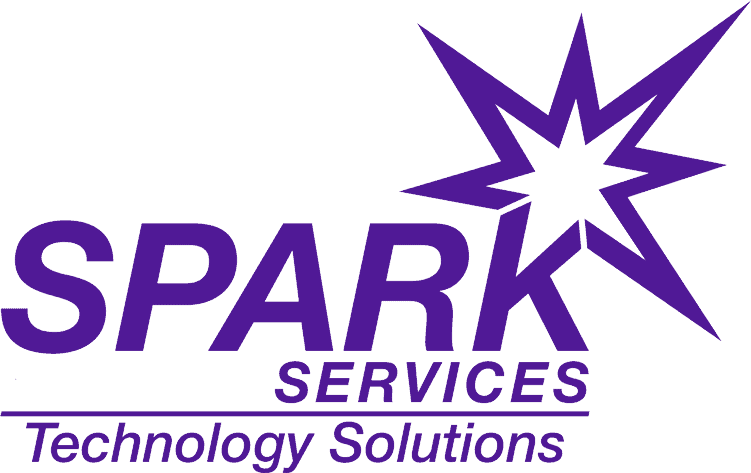In the ever-evolving landscape of the modern workplace, seamless connectivity has become a cornerstone for productivity, collaboration, and overall operational efficiency. As businesses embrace digital transformation, the demand for a robust and scalable network infrastructure has never been more crucial. This is where structured cabling steps in as the unsung hero, providing a foundation that enhances connectivity in ways that go beyond the visible surface. In this blog, we’ll explore how structured cabling plays a pivotal role in shaping the connectivity landscape of the contemporary workplace.
The Foundation of Modern Connectivity
Structured cabling serves as the backbone of an organization’s network infrastructure, providing the framework for the transmission of data, voice, and video across various devices and systems. Unlike traditional point-to-point cabling systems, structured cabling takes a holistic approach, organizing and standardizing the entire network infrastructure. This structured approach not only simplifies the complexity of the network but also sets the stage for future scalability and adaptability.
Streamlining Operations and Improving Efficiency
One of the key advantages of structured cabling is its ability to streamline operations within a workplace. With a centralized and organized system, businesses can minimize downtime, reduce the risk of errors, and enhance overall network performance. The structured nature of cabling ensures that changes and additions to the network can be easily implemented, allowing for a more agile and responsive IT infrastructure.
Scalability for Future Growth
In the fast-paced world of business, scalability is a critical factor for success. Structured cabling is designed with scalability in mind, providing businesses with the flexibility to adapt to changing needs and technologies. Whether it’s expanding the workforce, integrating new technologies, or accommodating increased data traffic, a well-designed structured cabling system can effortlessly scale to meet the demands of the modern workplace.
Enhancing Data Transmission Speeds
As businesses rely on increasingly data-intensive applications and processes, the need for high-speed data transmission is non-negotiable. Structured cabling, when implemented correctly, ensures that data flows seamlessly across the network at optimal speeds. This not only improves the user experience but also supports bandwidth-hungry applications, such as video conferencing, cloud-based services, and data-intensive tasks, without compromising on performance.
Supporting Multiple Technologies with a Unified Infrastructure
The modern workplace is a diverse ecosystem of devices, each with its unique connectivity requirements. From computers and VoIP phones to security cameras and IoT devices, the demand for a unified infrastructure that supports various technologies is higher than ever. Structured cabling provides a standardized platform that accommodates diverse hardware and applications, creating a cohesive network that can handle the convergence of voice, data, and multimedia with ease.
Minimizing Downtime and Facilitating Troubleshooting
Downtime is the nemesis of productivity, and businesses cannot afford prolonged interruptions in their operations. Structured cabling, with its organized and standardized design, facilitates quicker troubleshooting and reduces the time needed for repairs. The structured approach allows IT professionals to pinpoint and address issues more efficiently, minimizing downtime and ensuring that the workforce can stay connected and productive.
Future-Proofing the Network Infrastructure
In the rapidly changing landscape of technology, future-proofing is a strategic imperative. Structured cabling, with its adaptability and scalability, ensures that businesses can stay ahead of the curve. Whether it’s the adoption of new networking standards, the integration of emerging technologies, or the implementation of higher data transmission speeds, a well-designed structured cabling system provides a solid foundation for future advancements.
Improving Aesthetics and Space Utilization
Beyond its technical benefits, structured cabling contributes to a more aesthetically pleasing and organized workplace. With cables neatly organized and hidden from view, the workspace becomes clutter-free, promoting a clean and professional environment. This not only enhances the overall ambiance but also facilitates better space utilization and layout planning, allowing businesses to optimize their office spaces for improved collaboration and productivity.
Compliance and Industry Standards
Structured cabling adheres to stringent industry standards, ensuring that the network infrastructure meets the requirements for reliability, performance, and safety. Compliance with these standards not only guarantees the quality of the network but also provides businesses with the assurance that their infrastructure aligns with best practices and regulations.
Energy Efficiency and Cost Savings
Structured cabling contributes to energy efficiency by reducing power consumption and heat generation associated with complex and disorganized cabling systems. With a streamlined and well-organized infrastructure, businesses can achieve cost savings through lower energy bills and reduced maintenance costs. The long-term financial benefits of structured cabling make it a wise investment for businesses looking to optimize their operational expenses.
Conclusion
In conclusion, structured cabling is the backbone of connectivity in the modern workplace, offering a myriad of benefits that extend far beyond mere cable organization. From improving efficiency and scalability to supporting diverse technologies and future-proofing the network, structured cabling plays a crucial role in shaping the connectivity landscape of contemporary businesses. As the digital era continues to unfold, investing in a robust and well-designed structured cabling system is not just a matter of connectivity; it’s a strategic decision that lays the foundation for a connected, efficient, and future-ready workplace.




